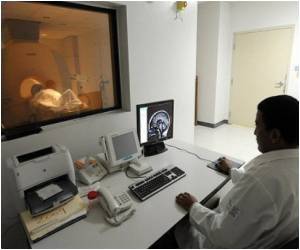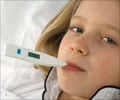Sudden destructive childhood epilepsy is a parent's worst nightmare, especially in the case of fever-induced refractory epileptic encephalopathy in school-age children (FIRES).

The study, "18F-FDG PET Reveals Frontotemporal Dysfunction in Children with Fever-Induced Refractory Epileptic Encephalopathy," was conducted with eight patients diagnosed with FIRES. The patients were given a neuropsychologic evaluation, a brain MRI and an 18F-FDG PET scan. Severe cognitive dysfunction was noted, and while the MRI tests showed no abnormalities for the patients, the PET scans reported significant cognitive impairment.
Researchers compared the FIRES patients with a pseudo-control group of epilepsy patients with normal MRI and PET scan results. Using statistical parametric mapping, an objective approach to analyzing brain activity, the study exposed that the brain dysfunction was related to the epilepsy in the FIRES patients."The fact that the dysfunctional network is superimposed over the epileptic network is a strong argument that FIRES is the cause of cognitive deterioration in these previously normal children. Moreover, localizing such a dysfunction may help to specify the re-adaptation more accurately,"said Catherine Chiron, M.D., Ph.D., pediatric epileptologist and head of the Research Program on Epilepsy at Hospital Necker – Enfants Malades in Paris and one of the authors of the study.
She continued, "These findings may open the way for using 18F-FDG PET more extensively and more accurately in pediatric imaging, as this methodology allows us to investigate not only unilateral but also bilateral diseases, and to interpret PET images in an objective and sensitive manner."
Much remains unknown about FIRES; however, with the further understanding of the condition achieved through this research, physicians can recommend better intervention, ultimately leading to improved patient outcomes.
Source-Eurekalert















